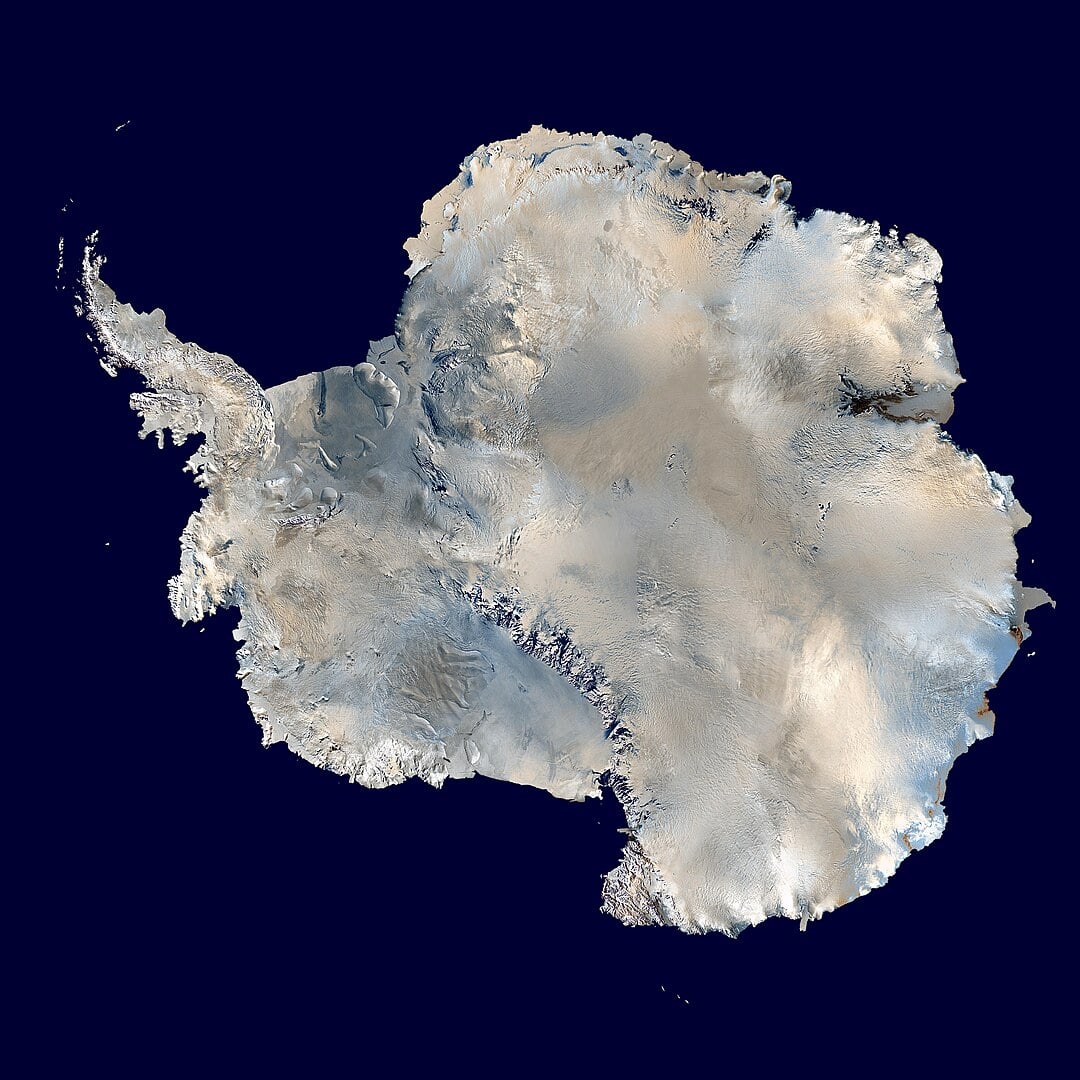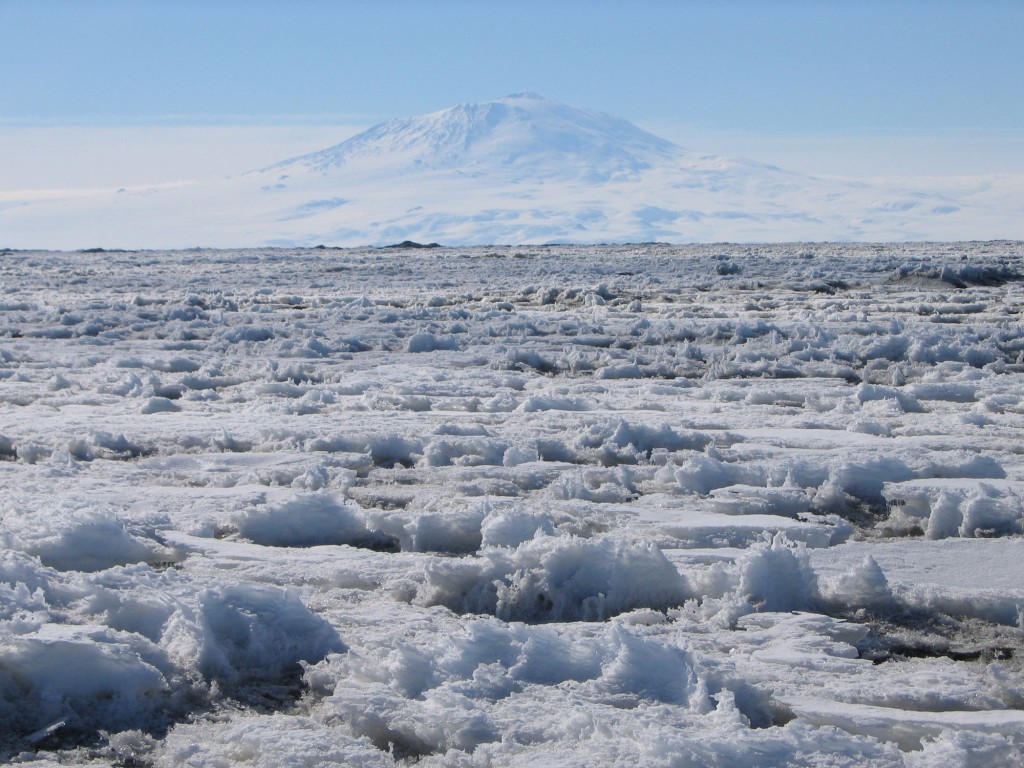Scientists studying tiny life forms in Antarctica's ice covered ponds have discovered compelling evidence that similar environments could have sheltered complex life during one of Earth's most extreme periods, the so called "Snowball Earth" era.
Between 720 and 635 million years ago, during the Cryogenian period, Earth experienced two massive ice ages. During these "Snowball Earth" events, ice is expected to have covered the entire planet, extending from the poles to the equator. This extreme glaciation posed a major challenge: how did complex life survive when most of the planet was frozen solid?
 An October 2006 NASA satellite image of the Antarctic without its periphery of unattached sea ice. Scientists think our entire planet was once covered in ice! (Credit : NASA)
An October 2006 NASA satellite image of the Antarctic without its periphery of unattached sea ice. Scientists think our entire planet was once covered in ice! (Credit : NASA)
Researchers from MIT and other institutions studied microbial communities living in meltwater ponds on Antarctica's McMurdo Ice Shelf. These temporary ponds, which form on top of the ice during the brief summer months, serve as modern day analogues for the types of environments that might have existed during Snowball Earth. The study, published in “Nature Communications,” examined 16 different ponds scattered across the the frozen landscape. Despite being small and isolated, these ponds support surprisingly diverse ecosystems of microscopic life.
 The McMurdo Ice Shelf in the Antarctic
The McMurdo Ice Shelf in the Antarctic
Using advanced genetic sequencing and chemical analysis techniques, the team, led by Fatima Husain from the Massachusetts Institute of Technology, discovered an surprising array of life forms thriving in these harsh conditions. The ponds contained numerous types of microalgae, protists (single-celled organisms with complex internal structures), and even tiny animals like nematodes and tardigrades.
 Image of a Milnesium tardigradum in its active state. (Credit : Schokraie E, Warnken U, Hotz-Wagenblatt A, Grohme MA, Hengherr S, et al.)
Image of a Milnesium tardigradum in its active state. (Credit : Schokraie E, Warnken U, Hotz-Wagenblatt A, Grohme MA, Hengherr S, et al.)
What's particularly striking is that each pond had its own unique community composition, despite their proximity to one another. This suggests that even small safe havens where life can persist during harsh conditions can maintain significant biodiversity.
The researchers also analysed chemical compounds called sterols, which are produced by complex cells and can be preserved in sediments for millions of years. By subjecting these sterols to laboratory processes that mimic geological processes, they created molecular "fossils" that could potentially be found in ancient rocks.
The findings support the hypothesis that during Snowball Earth periods, life didn't just barely survive, in many cases, it thrived in specialised environments. It helps explain how Earth's biosphere not only survived the most extreme climate conditions in our planet's history but emerged ready to give rise to the first animals and the complex ecosystems we see today.
Source : Biosignatures of diverse eukaryotic life from a Snowball Earth analogue environment in Antarctica

